MXB-JDBU Self-Lubricating Casting Bronze Bearing
Cat:Self-Lubricating Bearing
MXB-JDBU Self-Lubricating Casting Bronze Bearing is a high-performance solid lubricating product inlaid with graphite or mos2 solid lubricant on a hig...
See DetailsThe efficient load-bearing and low-friction characteristics of solid-lubricating bearings are mainly achieved through the following mechanisms:
Embedding and release of solid lubricants
Solid-lubricating bearings usually embed or coat solid lubricants (such as graphite, molybdenum disulfide, PTFE, etc.) in the base material. These lubricants are gradually released to the contact surface through friction heat during the operation of the bearing to form a uniform solid lubricating film. This lubricating film can effectively reduce the friction coefficient and wear, while protecting the bearing surface from direct contact and wear.
Self-lubricating characteristics
Solid-lubricating bearings have self-lubricating characteristics and do not require external lubricant supply. This feature makes it particularly suitable for oil-free or difficult-to-add oil environments, while reducing maintenance costs and complexity. For example, JDB series bearings exhibit excellent self-lubricating performance under low-speed and heavy-load conditions by embedding solid lubricants such as graphite or molybdenum disulfide.
High load-bearing capacity and wear resistance
Solid-lubricating bearings usually use high-strength metal bases (such as high-strength brass, copper alloys, etc.), combined with the wear resistance of solid lubricants, so that they can still maintain good operating performance under high load and heavy load conditions. For example, ZRHHH bearings perform well in harsh working conditions such as high temperature, high load, slow speed and heavy load. In addition, the low shear strength and good chemical stability of solid lubricants further enhance the bearing's load-bearing capacity and service life.
Significant reduction in friction coefficient
The addition of solid lubricants significantly reduces the friction coefficient. For example, graphite and molybdenum disulfide have extremely low friction coefficients and are able to maintain lubrication performance in high temperature environments. In addition, the formation of a solid lubricating film reduces direct contact between sliding surfaces, thereby reducing friction resistance and wear rate.

Ability to adapt to complex working conditions
Solid-lubricated bearings are able to adapt to a variety of complex working conditions, including high temperature, low temperature, high humidity, corrosive environments, and vibration and impact loads. For example, HIPSS full ceramic ball bearings perform well in ultra-low temperature environments, while JDB series bearings are suitable for special working conditions such as reciprocating motion and rocking motion.
Reduced maintenance requirements
Due to the self-lubricating properties of solid lubricants, solid-lubricated bearings reduce dependence on traditional lubricants, thereby reducing replacement frequency and maintenance costs. In addition, their corrosion resistance and high temperature resistance further extend their service life.
Design flexibility and diversity
Solid lubrication bearings are flexible in design and can be selected from different materials and structural forms according to specific application scenarios. For example, JDB series bearings are available in a variety of models for different load and speed conditions.
Solid lubrication bearings form a stable lubricating film during operation by embedding or coating solid lubricants, which significantly reduces the friction coefficient and wear rate. At the same time, combined with high-strength metal matrix and self-lubricating properties, it achieves the comprehensive performance of efficient load bearing and low friction.

MXB-JDBU Self-Lubricating Casting Bronze Bearing is a high-performance solid lubricating product inlaid with graphite or mos2 solid lubricant on a hig...
See Details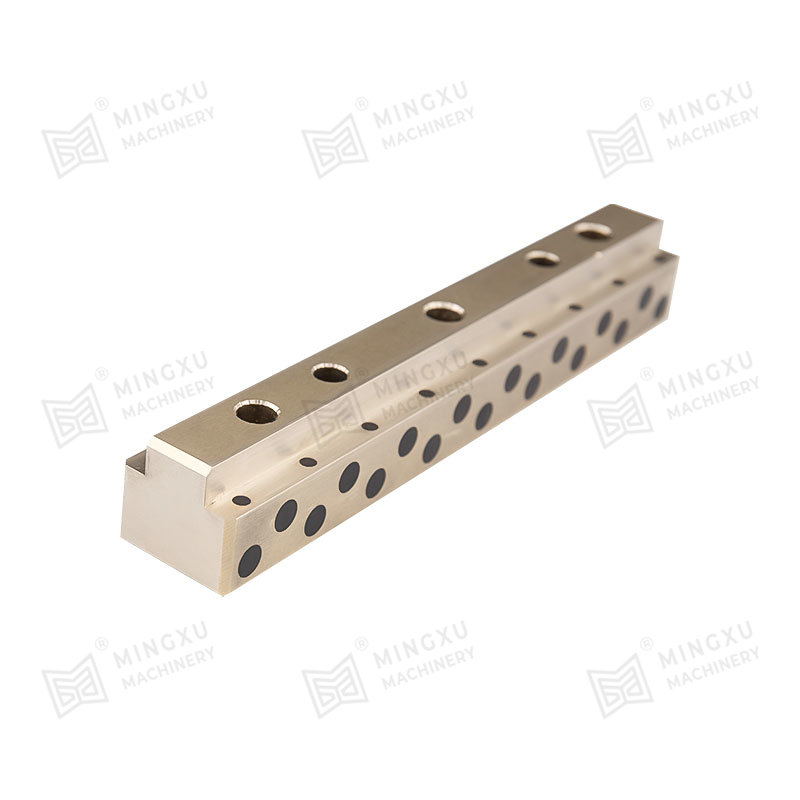
MXB-JTGLW self-lubricating guide rails provide resistance and reduce friction, ensuring extended durability and enhanced performance. This product pro...
See Details
MXB-JSOL self-lubricating guide rail is an L-shaped guide groove type self-lubricating guide rail, which is made of a combination of high-strength bra...
See Details
MJGB oil-free injection guide bushings are standard components used in the plastic injection molding process, providing lubrication-free guidance and ...
See Details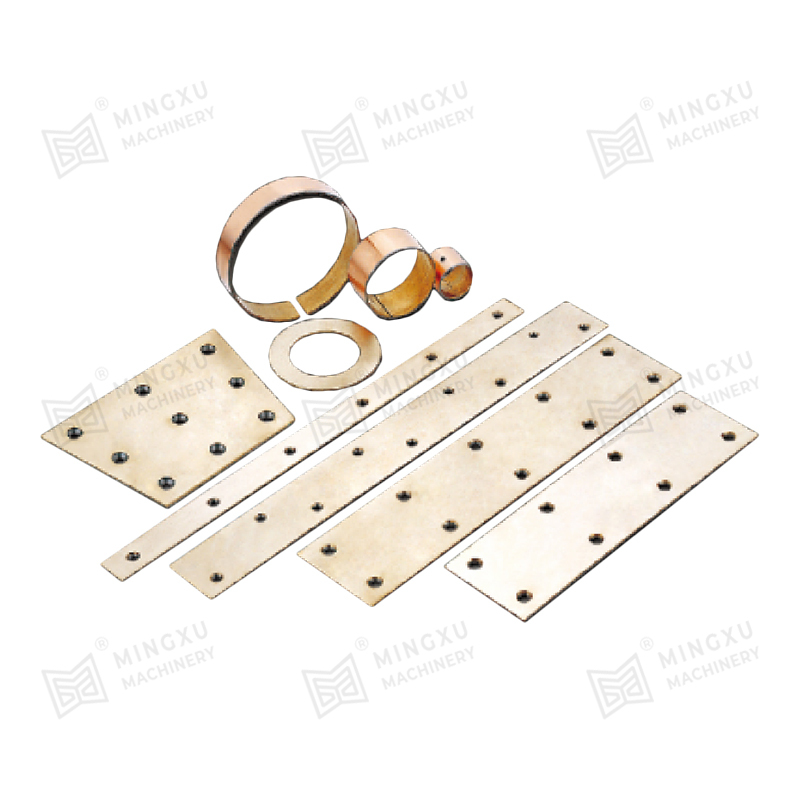
MX2000-1 graphite embedded alloy bearing, MX2000-1 graphite scattered alloy bearing is an improved product of JF800 bimetallic bearing. It has the pre...
See Details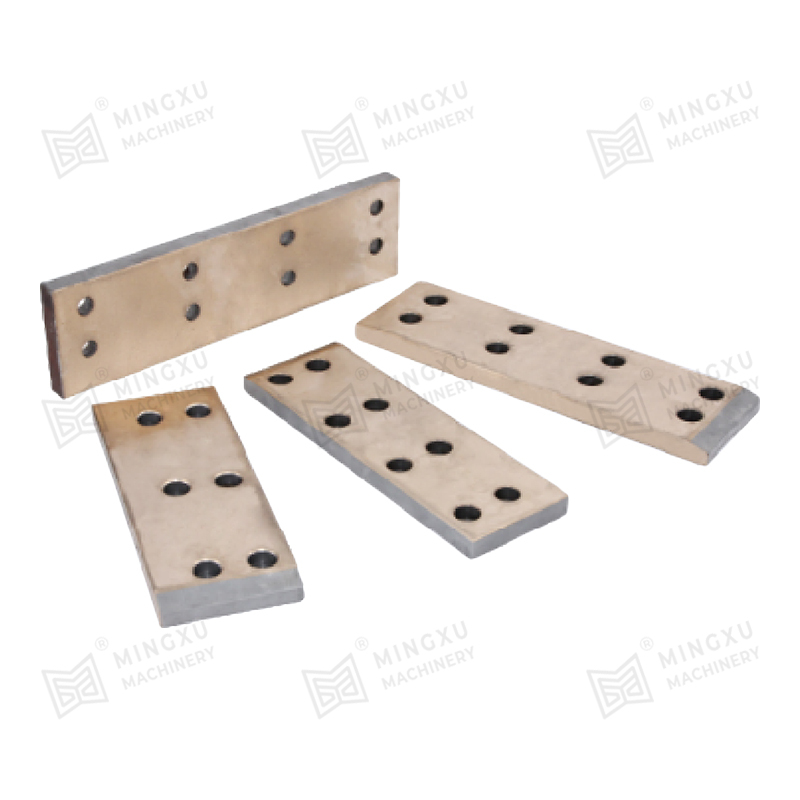
The bimetallic slide plate with wear-resistant alloy sintered on three sides is a new type of self-lubricating plate. Compared with the general single...
See Details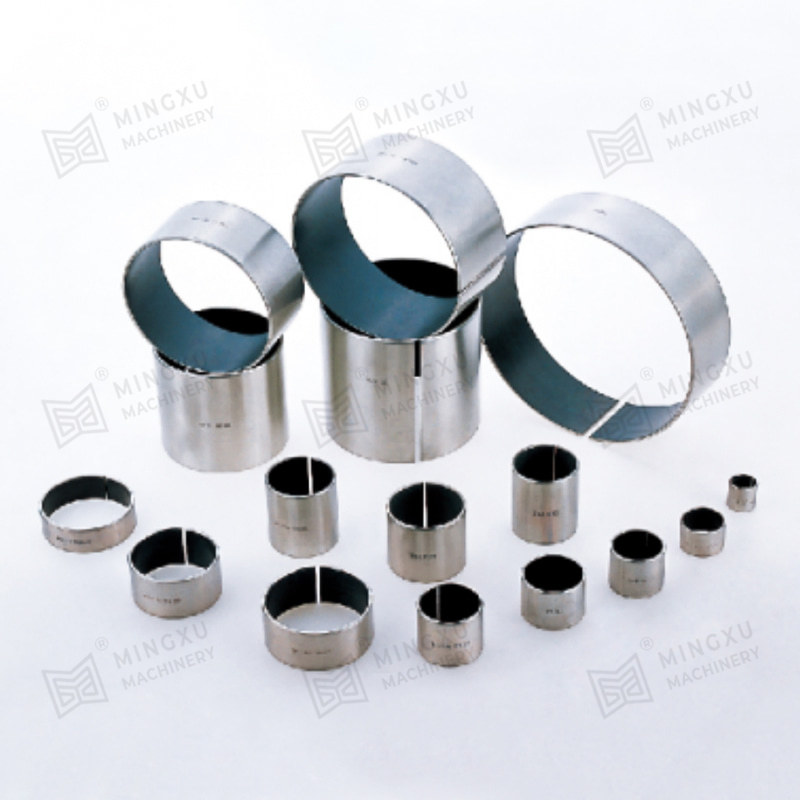
SF-1W lead-free bearing is a new product developed based on SF-1X material according to international environmental protection requirements. In additi...
See Details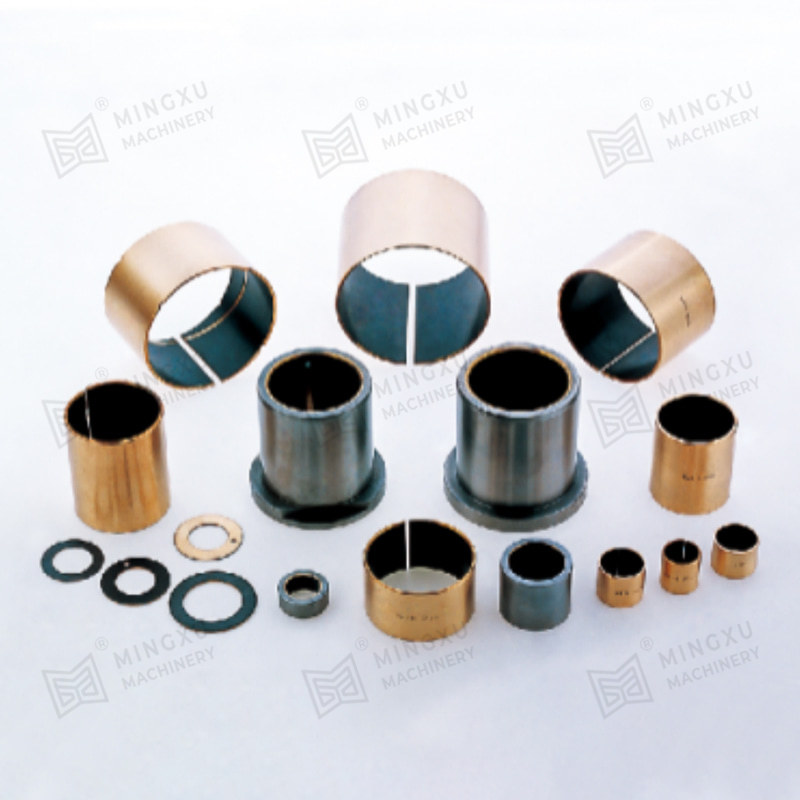
SF-1B bronze basic bearing is made of tin bronze as the base, sintered bronze spherical powder in the middle, and rolled PTFE and high temperature res...
See Details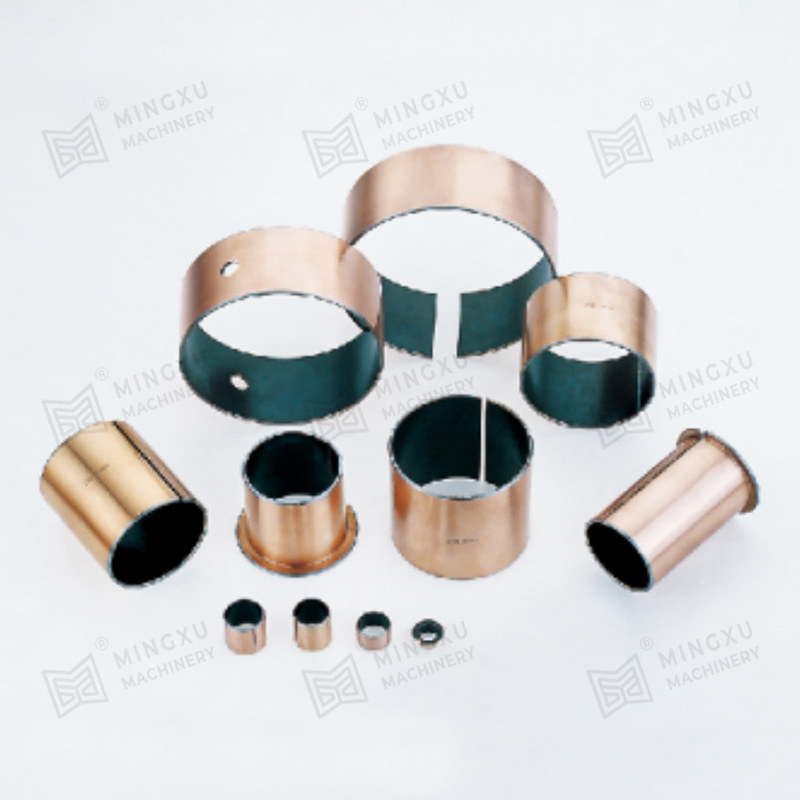
SF-1T is a special formula product designed for high PV value working conditions of gear oil pump. The product has special advantages of fatigue resis...
See Details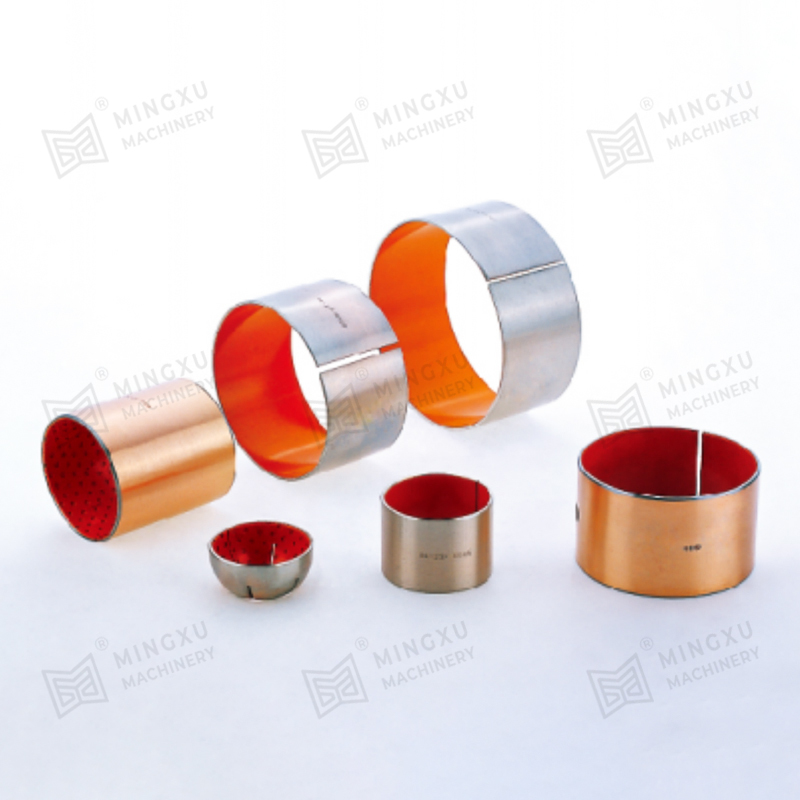
The SF-2S oil-free bearing, as an upgrade to the SF-2 series, stands out with its unique design concept and excellent performance. It features a solid...
See Details
Contact Us